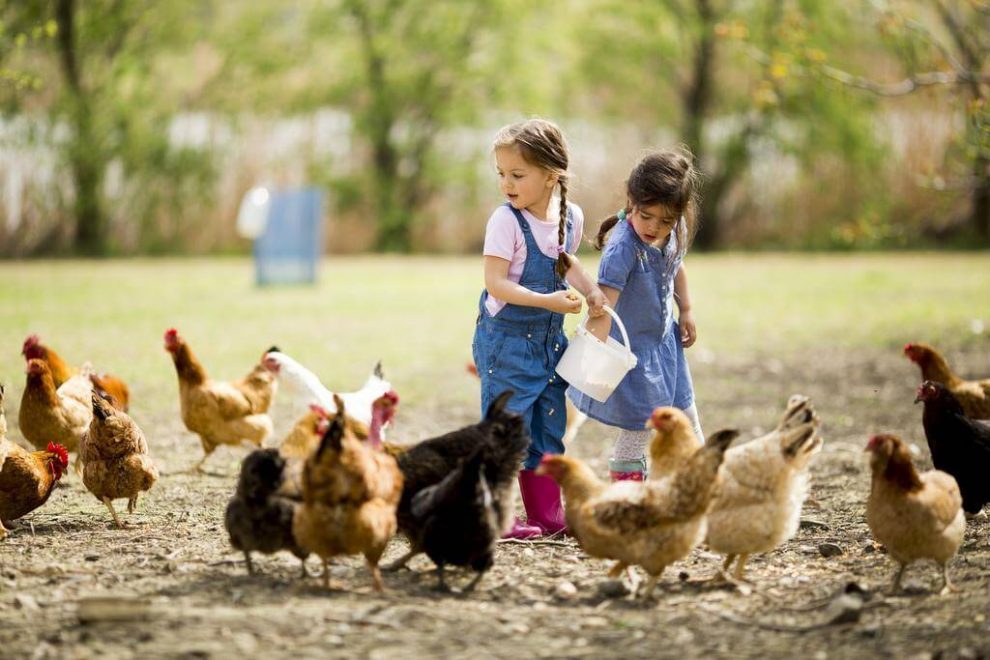Are you thinking about becoming a hobby chicken farmer? There are a few options for raising chickens. Whether raising birds for just your family or selling meat or eggs for a profit, the first thing you need to know is what type of chickens to raise.
Chickens are raised as egg layers, meat birds, or both, and they come in several varieties of heritage and commercial chicken breeds.
When choosing to raise chickens for both meat and eggs, dual-purpose breeds like Plymouth Barred Rock, Sussex or Buff Orpingtons are a good choice if you’re just looking for a small flock to feed your family.
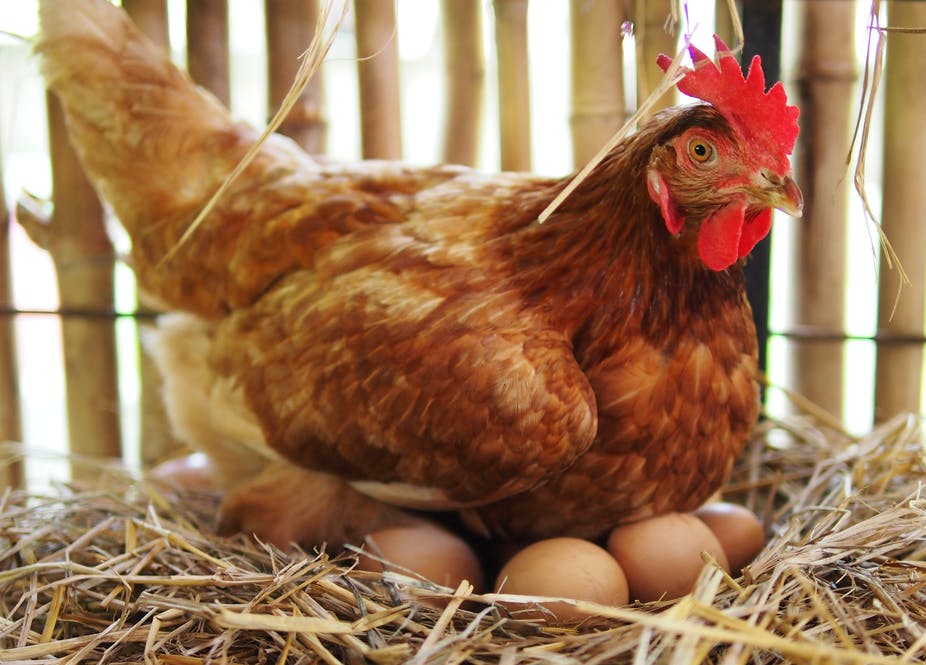
How can I raise hens for eggs?
Before buying new chicks in the spring, here are six tips on how to start raising egg-laying chickens.
Choose the right breed
Poultry breeds come in a variety of shapes, sizes and colours. If you are just starting out, choose from these common breeds: White Leghorn hybrids (white eggs), Plymouth Barred Rocks (brown eggs), Rhode Island Reds (brown eggs), Blue Andalusians (white eggs) or Ameraucanas/Easter Eggers (blue eggs).
Choose the right number of birds
The number and gender of birds in your flock may be determined by local regulations. A good idea is to start small with a flock of 4 to 6 chicks.
Think about how much time you’ll be able to spend with your flock, how to house them and collect the eggs, and what you’ll do with the birds when they retire from laying eggs.
Find a reputable chick supplier
Purchase your chicks from a credible pullorum-typhoid clean hatchery. To prevent potential disease problems, check that the hatchery has vaccinated chicks for Marek’s Disease and coccidiosis.
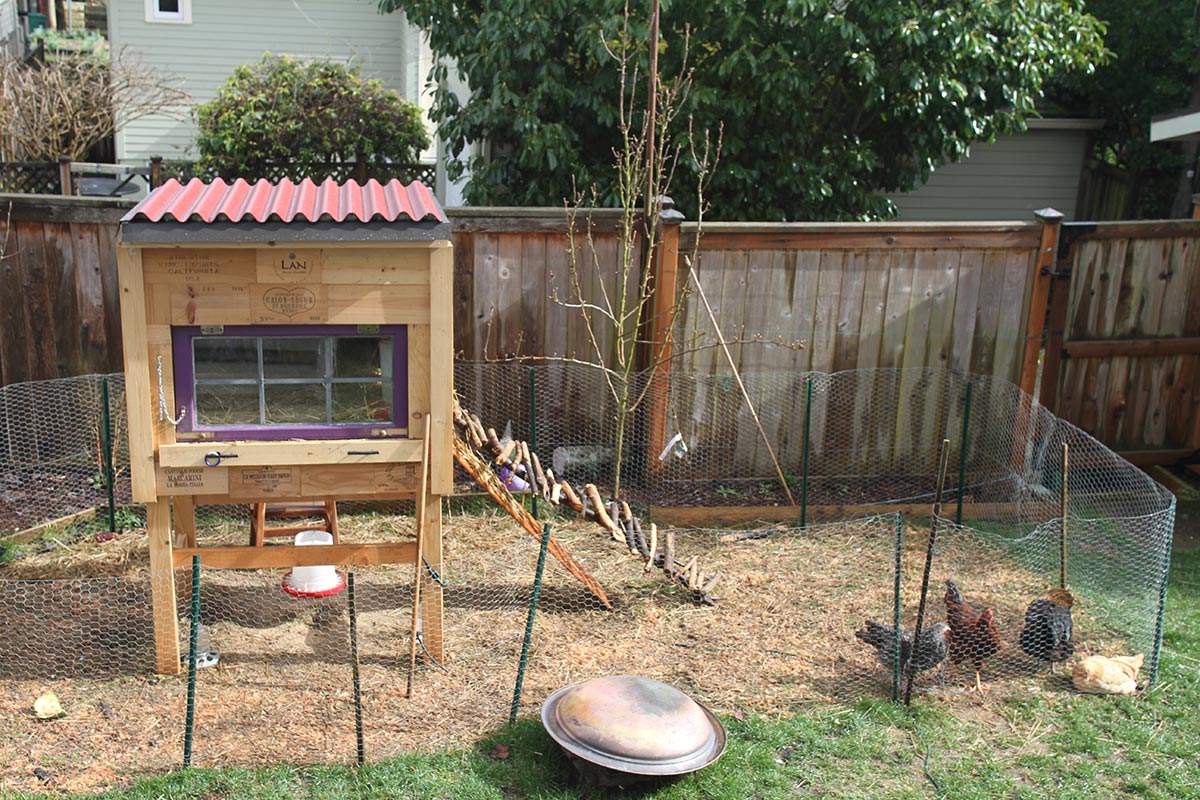
Prepare your brooder
You’ll want to keep baby chicks in a warm, draft-free shelter called a brooder. It should be completely enclosed and have bedding and a heating lamp. Try to avoid square corners in the brooding area to prevent chicks from being trapped in the corner.
Each chick needs at least 2 to 3 square feet of floor space for the first six weeks. Set the brooder temperature to 32 degrees Celcius for the first week and then gradually reduce heat by a few degrees each week until a minimum of 12 C.
Be sure to have a spacious, clean coop ready for the chicks once you don’t need the heating lamp anymore.
Provide plenty of fresh, clean water every day.
Maintain good sanitation
Young chicks are susceptible to health risks, so make sure to disinfect their environment before they are put in it, and then do it weekly.
Household disinfectants can work well if their directions say they are safe to use and don’t leave a residual film. Alternatively, you can create a mixture of 10 percent bleach and 90 percent water and rinse thoroughly after cleaning.
Create a long-term nutrition plan
Chicks require 38 unique nutrients from the start. You will need one complete starter-grower feed for day 1 until the first egg is laid, and one complete layer feed when hens start laying around week 18.
For your chicks who will later lay eggs, choose a feed that has 18% protein. For meat birds and mixed flocks, choose a complete feed with 20% protein.
Transition your layer chicks onto a higher-calcium complete feed when they begin laying eggs at age 18 to 20 weeks.
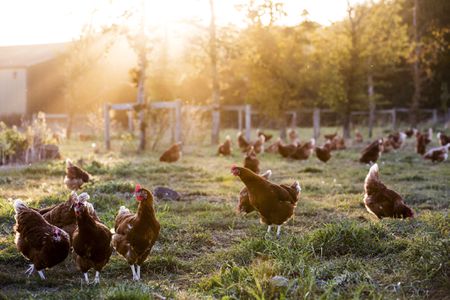
How can I raise meat birds?
Provide your family with a year’s worth of chicken is very possible with a little planning. Here are some cost-savings tips for raising meat chickens.
Make a rooster and hen plan
It’s good to have a rooster plan because you’ll end up with more roosters than you need per hen. Young roosters make good chicken soup, and when the hens are done laying, they also make good stew chickens. You can slaughter your roosters and stew chickens at the same time.
Schedule your production wisely
Order your chicks at least a month ahead of time. Once you’ve ordered your chicks, book them to be processed at 7 ½ to 8 weeks.
You will lose the most birds in the first and final weeks. It’s better to lose birds in the first week because you haven’t spent very much money feeding them yet.
If you would like to sell meat chickens and make a profit, you’ll need to raise the commercial Cobb 500 breed.
Raise your meat birds during the best weather
It’s best to raise your chickens when you can easily maintain a constant temperature for them, using a heat lamp if necessary. Risky times include fall or early spring (damp and cold) and summer (too hot).
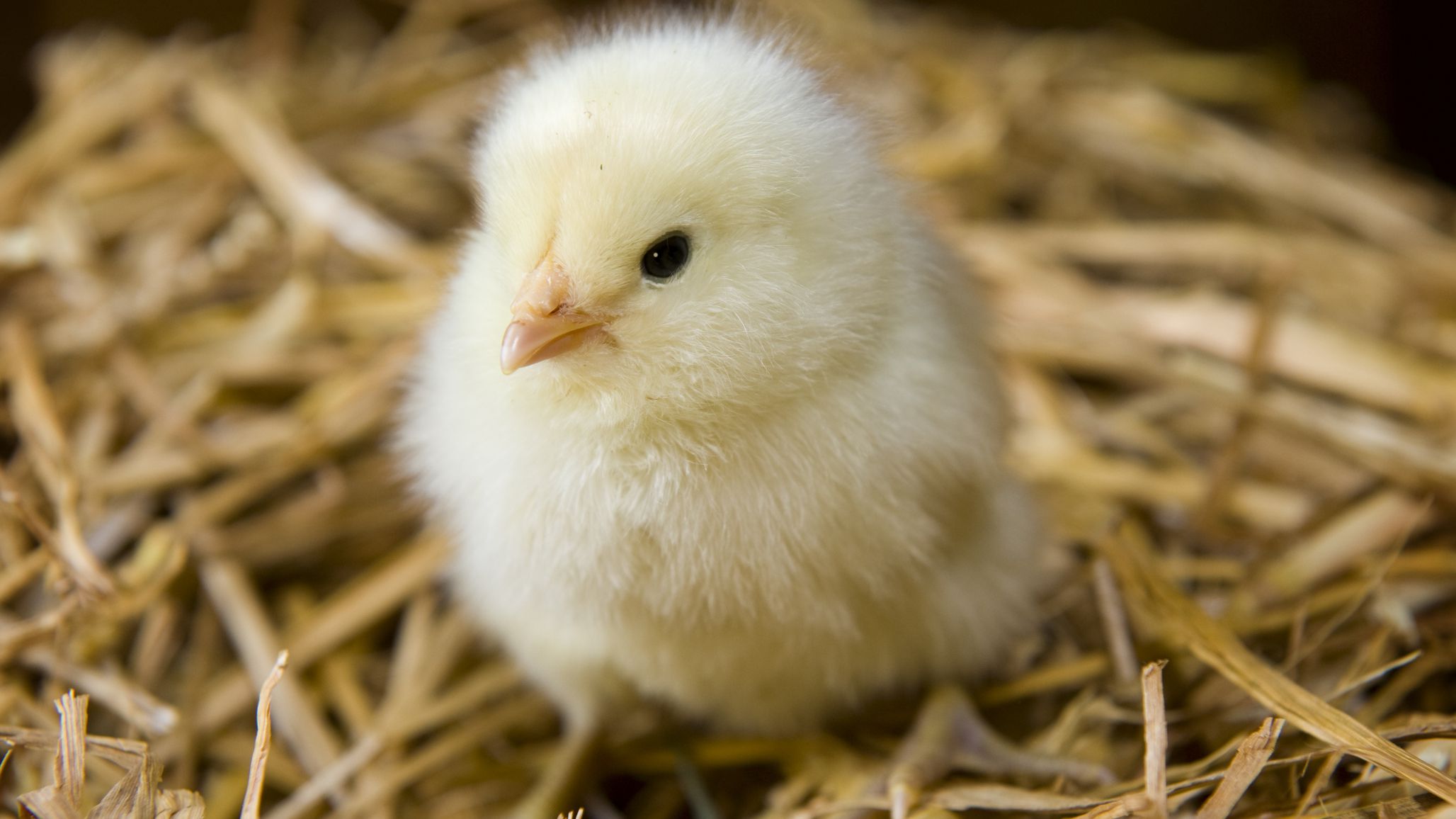

 Facebook
Facebook
 X
X
 Pinterest
Pinterest
 Copy Link
Copy Link
